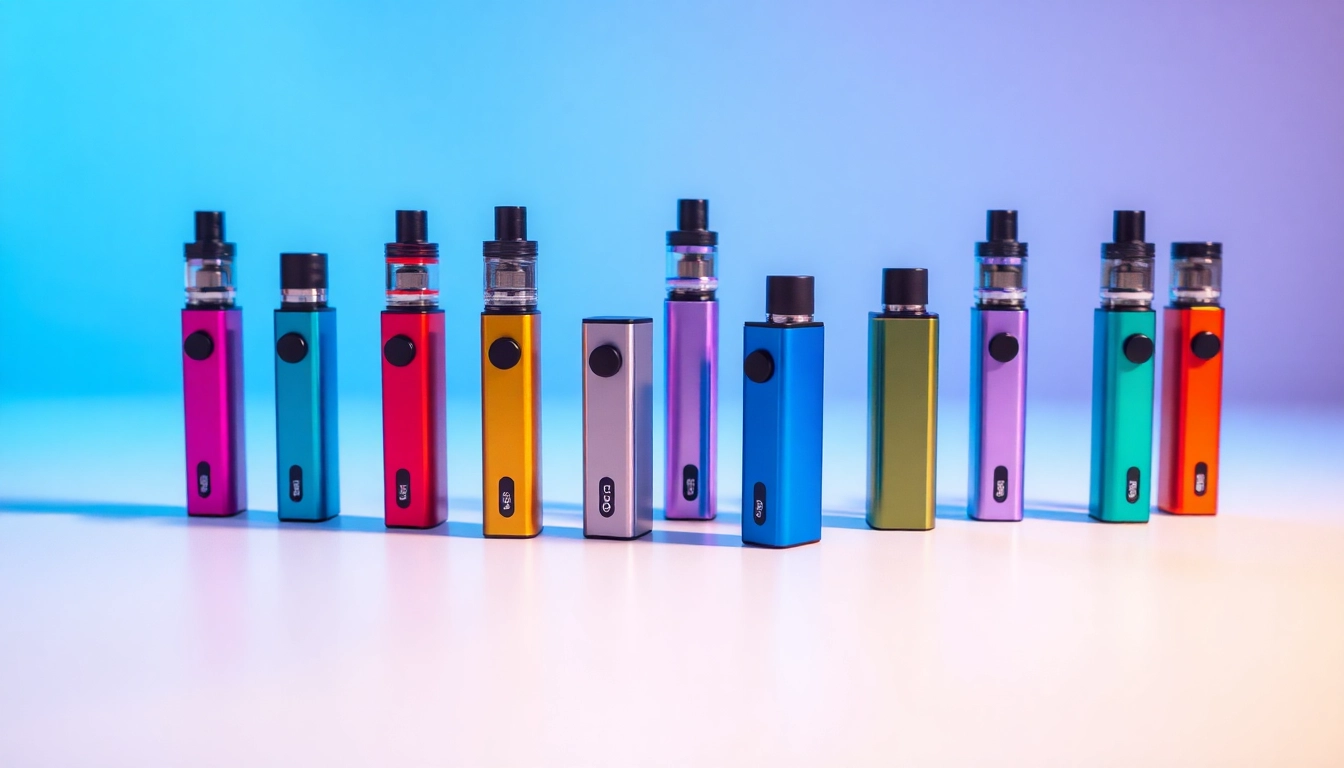1. Understanding Real Pokémon Cards
The world of Pokémon cards is vast and ever-evolving, appealing not only to children but also to a significant number of adults who grew up with the franchise. A crucial aspect of not just collecting but also trading these cards is understanding how to distinguish between real Pokémon cards and counterfeits. This not only helps collectors build legitimate collections but also ensures they are investing their money wisely. Let’s dive into the nuances of what makes a Pokémon card authentic and valuable.
1.1 What Makes Pokémon Cards Authentic?
Authenticity in Pokémon cards stems from several defining characteristics. Real Pokémon cards are manufactured by the Pokémon Company and adhere to strict quality standards. One of the most noticeable features of an authentic card is its weight and feel; they tend to be made of high-quality cardstock that feels substantial in your hand. Furthermore, the holofoil on cards appears in distinctive patterns, which can often be replicated by counterfeit versions but usually lacks the same depth and clarity.
Other markers of authenticity include the printed text and images that display clear, vibrant colors without any blurring or fading. Additionally, real cards have specific rounded corners and a consistent thickness—common signs that can help seasoned collectors tell the difference from fakes.
1.2 The Importance of Rarity and Value
The value of Pokémon cards can vary dramatically based on rarity, condition, demand, and historical significance within the Pokémon Trading Card Game community. Cards can be classified as common, uncommon, rare, ultra-rare, and secret rare. Understanding this classification is critical as it will guide collectors when they are purchasing new cards or assessing their collection. For instance, cards that were printed in limited editions or those that feature iconic Pokémon tend to hold higher market value.
Marketplaces like eBay and dedicated trading platforms like TCGPlayer show trading prices; closely monitoring these can be beneficial. It’s critical to note that market demand can fluctuate based on the current popularity of specific Pokémon, card mechanics, or gaming meta shifts. If you want to stay informed about card values, consistently checking trends on marketplace websites can be advantageous.
1.3 Common Myths About Pokémon Cards
With the popularity of Pokémon cards, myths and misconceptions have surfaced, often leading new collectors astray. One myth suggests that all holographic cards are valuable; in reality, the value is dependent on the card’s rarity, condition, and demand. Another common misunderstanding is that any card older than a certain date is automatically worth a lot—this is not necessarily true. Many older cards are not in demand because of their condition or because they lack uniqueness.
Educating oneself on the realities of the Pokémon card market through forums, online guides, and databases can help dispel these myths and lead to safer, more informed purchasing decisions.
2. Where to Buy Real Pokémon Cards
When looking for real pokemon cards, knowing where to find them is critical. Several options are available to collectors, whether you prefer the convenience of online shopping or the personal touch of in-person retail. Below are some reliable avenues to explore.
2.1 Online Markets and Retailers
The convenience of online shopping has made retail websites the go-to for many collectors. Websites like the Pokémon Center, TCGPlayer, and Amazon offer comprehensive selections of both booster packs and single cards. Pokémon Center is particularly reliable as it is the official store affiliated directly with the Pokémon Company, ensuring that all products are authentic.
TCGPlayer allows buyers to browse a wide range of cards from various sellers and offers competitive prices. However, it’s essential to check seller ratings and reviews to avoid counterfeit products. Sites like eBay can also be value-wise but require caution due to the risk of encountering unverified sellers, hence it’s crucial to scrutinize listings closely.
2.2 Visiting Local Game Stores
Local game stores often host Pokémon events, and they are a great way to connect with other collectors while also finding cards. These stores often stock new products, making it a good source for the latest releases, as well as offering singles for individual purchase. Engaging directly with store owners can provide context on the cards’ condition and legitimacy, enhancing the overall purchasing experience.
2.3 Trading with Other Collectors
Another enriching way to build your collection is through trading. Connecting with fellow collectors—either online or at local events—can lead to beneficial exchanges. Trading not only allows you to acquire new cards without monetary transactions but also fosters community relationships. Online forums, social media groups, and official Pokémon events often facilitate such exchanges.
3. How to Identify Real Pokémon Cards
To make sound purchases, knowing how to spot genuine Pokémon cards from fakes is essential. With counterfeit cards becoming ever more sophisticated, collectors must equip themselves with knowledge and techniques for identification.
3.1 Visual Inspection Techniques
The first line of defense in identifying real cards is visual inspection. Look closely at print quality, colors, and alignment. Authentic cards have sharp, vibrant colors with consistent patterns in the holofoil, while the logos should be uniformly printed. Additionally, real cards will have no signs of peeling or inconsistent surface textures, which are often telltale signs of counterfeit products.
3.2 Using Technology for Authenticity
Technology can assist in identifying real cards. UV light can reveal certain features embedded in legitimate Pokémon cards. These can include shadows or elements that only show up under UV light. Additionally, magnifying glasses can help check for the printing method used on a card; real Pokémon cards typically use a specific technique that is often imitated poorly by counterfeits.
3.3 Common Signs of Counterfeit Cards
Be on the lookout for common signs of counterfeit cards. Issues like weight discrepancies, faded artwork, and misspelled words on the card can quickly signify that the card is not real. Another telltale sign is the card’s feel; counterfeit cards might be flimsier and lack the rigidity or texture found in authentic cards. Understanding these nuances is crucial for any collector looking to protect their investments.
4. Tips for Building Your Collection
Building a Pokémon card collection can be an exciting adventure, but it requires strategic planning. Here are several tips that can help collectors at any level strengthen their collections.
4.1 Choosing the Right Cards
When selecting cards, consider focusing on specific themes or sets. Whether you prefer collecting by Pokémon type, rarity, or historical significance, having a clear idea of what you want to own will streamline your efforts. Additionally, following popular trends and understanding demand dynamics can lead to more valuable acquisitions.
4.2 How to Care for Your Cards
Caring for your collection is essential to maintaining both its aesthetic appeal and monetary value. Store cards in protective sleeves or binders, preferably featuring acid-free materials to prevent deterioration. Keeping cards in a climate-controlled environment can also help, as heat and humidity can warp or damage the cards.
4.3 Keeping Track of Your Collection
Implement an organizational system for your collection, whether digital or physical, to keep track of cards owned, their value, and any wish lists for future acquisitions. Using tools like collection management software or spreadsheets can help you monitor the evolution of your collection more effectively.
5. Joining the Pokémon Card Community
Engaging with the Pokémon card community can significantly enhance your collecting experience. The community often serves as a resource for knowledge, support, and friendship among collectors.
5.1 Online Forums and Discussions
Online platforms, such as Reddit forums or dedicated Pokémon TCG websites, offer spaces for discussion, advice, and trading opportunities. Active participation can provide early insights into market trends or upcoming releases, as community members often share helpful tips and experiences.
5.2 Participating in Card Events
Attending Pokémon events, whether local tournaments or national conventions, can immerse you in the culture of trading cards. Such events often feature expert panels, various card game tournaments, and vendor booths. Networking at these events can lead to trading opportunities and help you make connections within the community.
5.3 Engaging on Social Media
Platforms like Instagram, Twitter, and Facebook have thriving Pokémon communities where collectors share their collections, trading tips, and even organized live streams for buying and selling cards. Engaging with social media allows you to stay updated on trends and form bonds with fellow enthusiasts, enhancing the collecting experience significantly.



